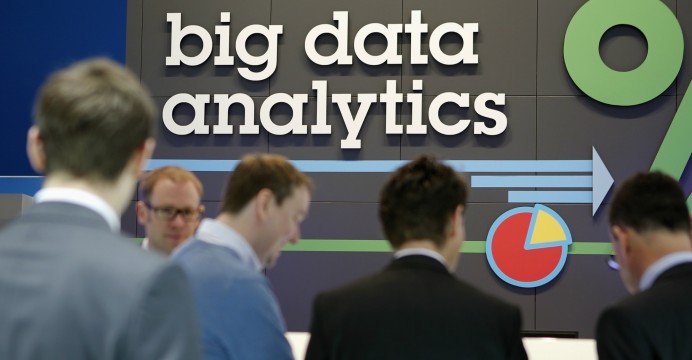How digital marketing has evolved over time
We now have new technologies like machine learning and cloud computing to better analyze and utilize big data. Photo: Reuters I’m writing the preface for my friend Hugo’s new book on long tail marketing.
We’ve known each other for three decades, stretching across the internet era, the mobile internet era, and the era of big data and artificial intelligence. During that long period, the marketing industry has also undergone major shifts. When the internet was just on the rise, there was still a lot of scepticism about the technology. We would struggle to explain to our bosses what a pageview or unique visitor meant.
Around 1998, people began frenetically digitalizing content, believing that as long as there was content, traffic would come and hence advertising money. But the outcome turned out to be disappointing. The fantasy of “content is king” faded out very quickly. After all, clients are not going to pay for marketing campaigns that are not effective in driving business. After the internet bubble burst in 2000, two new marketing concepts gradually emerged: behaviour targeting and real-time bidding. However, both concepts require large numbers of data support in order to achieve the desired effect.
Then came the smartphones, which make online and offline integration possible. Behaviour and location data soon became the growth engine for big data-backed digital marketing. From a lack of customer data, the industry is suddenly faced with an overwhelming amount of data.
Click here to view original web page at How digital marketing has evolved over time
What Is WooCommerce Product Slider and Why Your Store Needs It
Why Do Product Images Matter So Much in Online Stores? When someone visits an online store the…
0 Comments9 Minutes
How to Streamline Your Customers’ Shopping Experience?
The goal for any online store is to make shopping as smooth as possible. When visitors move…
0 Comments8 Minutes
Strengthening Brand-Customer Relationships Through Gamified Loyalty Programs
Creating lasting connections with customers has become increasingly vital as the marketplace grows…
0 Comments6 Minutes
How to Use SEO and SEA Together in Search Engine Marketing
In digital marketing, search engine marketing (SEM) plays a critical role in improving online…
0 Comments10 Minutes
Content Marketing Growth Hacks: Real Shortcuts to Drive Traffic
Are you still lagging in content marketing? Sticking to these old strategies seems…
0 Comments10 Minutes
How to Build a Strong Local Following Using Social Media Marketing
In the days of likes, shares, and stories, local businesses have a golden opportunity to create…
0 Comments9 Minutes
Why WooCommerce is the Best Choice for Your Online Store?
WooCommerce stands out as a top option for anyone looking to build an online store. This platform…
0 Comments8 Minutes
How to Use AI-Powered SEO Tools for WordPress eCommerce
SEO is a critical factor in the success of any e-commerce WordPress store. As competition…
0 Comments11 Minutes








